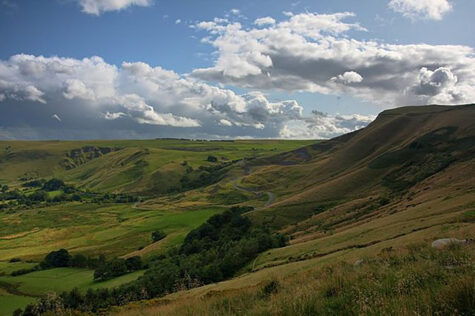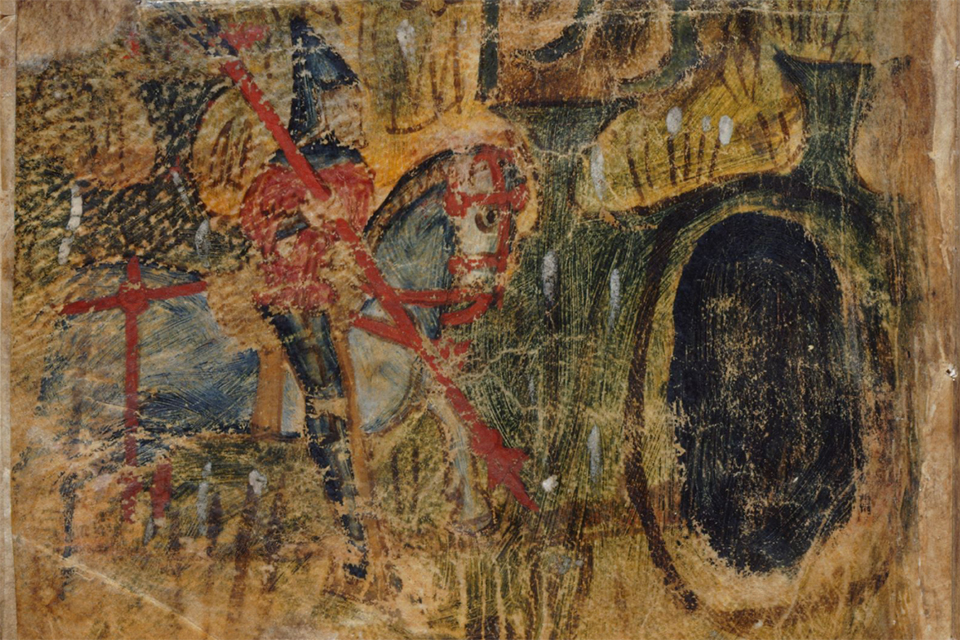The famous chivalric romance of Sir Gawain and the Green Knight continue to capture our imagination with its stories of a hero on a famous quest. New book claims to identify the author.
The Historical Arthur and The Gawain Poet: Studies on Arthurian and Other Traditions
Studies in Medieval Literature
by Andrew Breeze
Lexington Books 202)

Usually, the author is known as the “Pearl Poet” or the Gawain Poet” due to the fact that the poem is only preserved in one manuscript, Cotton Nero A. x, which includes the three narrative poems named The Pearl, Cleanness and Patience. All by the same author. Despite this anonymity, the has invited numerous scholars to float their opinions as to the identity.
Now, Andrew Breeze from the University of Navarra Spain, has published a new book, The Historical Arthur and the Gawain Poet, which claims to untie this knot. Andrew points to Sir John Stanley (1350-1414), a notable scribe, soldier and Lord Lieutenant of Ireland during the reign of Richard II. Although this idea was already floated in 2004 by Breeze, we now get a full exposition of the arguments. Earlier scholars have pointed to Stanley, but only as the patron of the poet.

However, Breeze claims that Stanley fits the evidence like a “fist in a glove”. He began his notorious career in 1369 when he was charged with violent behaviour and a forced entry. Later, in 1376 he was charged and condemned for the murder of Thomas Clotton, and Stanley was outlawed. As Stanley was already displaying a distinguished career in France, he was nevertheless pardoned in 1378. Seven years later, in 1385, he married a wealthy heiress, Isabel Lathorn from Lancashire with whom he had five children. This marriage took place despite the opposition of John of Gaunt, who was involved in the numerous skirmishes between Richard II and his opponents led by the Earl of Gloucester. It appears that John Stanley continued to be a controversial figure.
Following his marriage, Stanley was appointed as deputy to the Duke of Ireland, where he led a successful expedition leading to his appointment as Lord Lieutenant of Ireland. Although he continued to serve Richard II in Ireland, we meet him in the 1390s as the king’s man in Cheshire, from where he hailed. And which is the landscape featured in the poem, where the hero arrives in the Wirral and journeys along the foothills of the Pennines in this rugged, wild and even lawless countryside.
As the dialect of the poem is from Cheshire and Staffordshire – and west Cheshire in particular – it was familiar to Stanley, whose family home was Storeton Hall, constructed by his father in the Wirral. Also, as a nobleman partaking in the wars in France, Stanley would have intimate knowledge of the French romances, which play such a central part in the story. Similarly, he would have been familiar with hunting, weaponry, heraldry, feasting and late medieval luxurious life at court, a world clearly familiar to the poet. Also, the poem significantly ends with the motto of the Order of the Garter, “Hony Soyt qui mal pence“; and Stanley was the only Northwestern member of this illustrious order.
Featured Photo:
Sir Gawain from the only manuscript with the poem, Cotton Nero A x. © British Library, Open Domain
